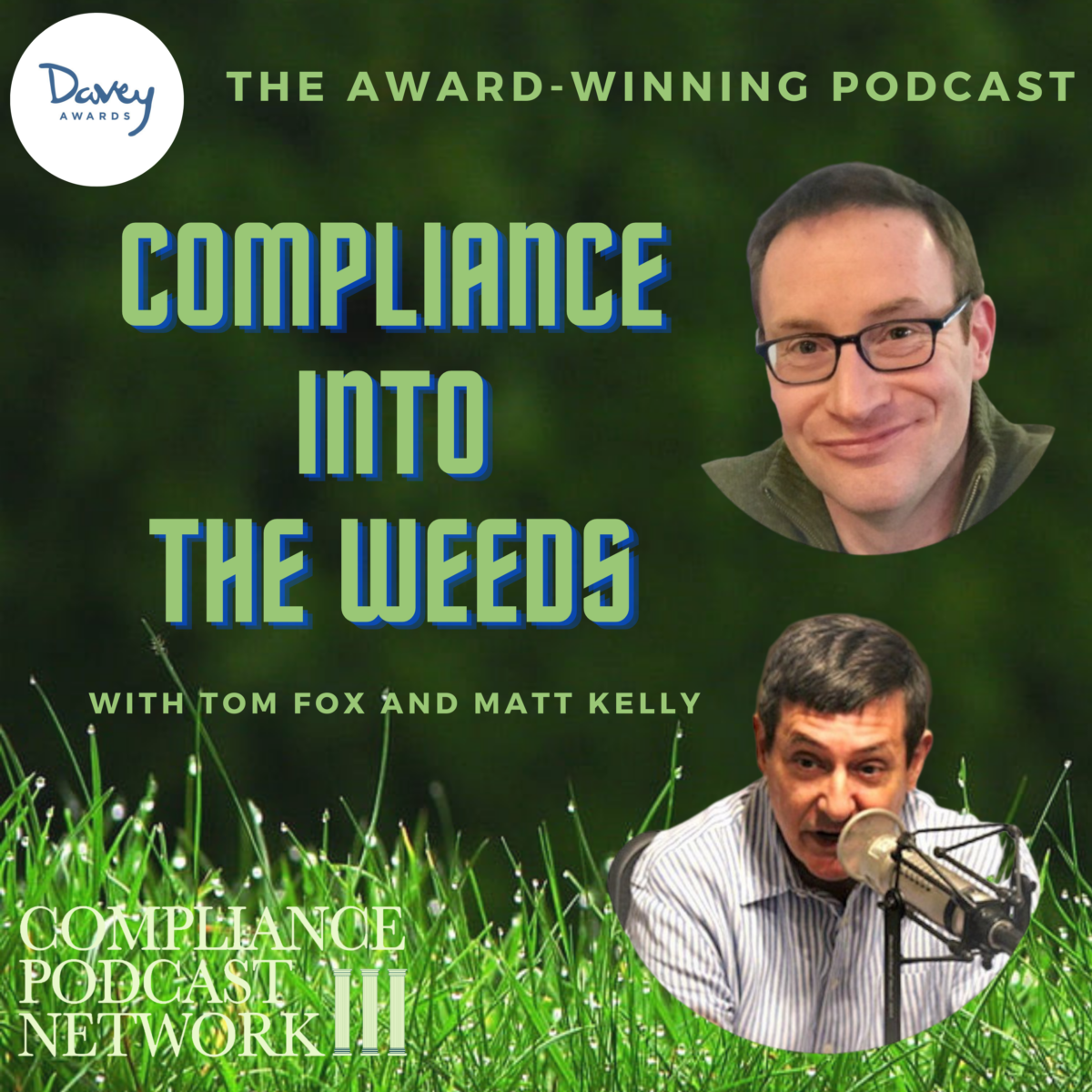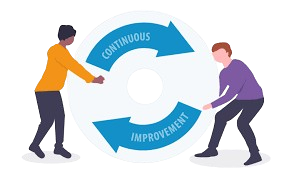Last month, I wrote a blog post on the tone at the top, exemplified in Star Trek’s Original Series episode, Devil in the Dark. Based on the response, some passionate Star Trek fans are out there. I decided to write a series of blog posts exploring Star Trek: The Original Series episodes as guides to the Hallmarks of an Effective Compliance program set out in the FCPA Resources Guide, 2nd edition. Today, I will continue my two-week series by looking at the following Hallmarks of an Effective Compliance Program laid out by the Department of Justice (DOJ) and Securities and Exchange Commission (SEC) in the FCPA Resources Guide, 2nd edition. Today, we look at lessons learned about ongoing monitoring and continuous improvement from the episode Spectre of the Gun, which provides a compelling narrative to explore the compliance concepts of ongoing monitoring and continuous improvement within a best practices compliance program.
In “Spectre of the Gun,” Captain Kirk and his crew are sent to make contact with the Melkotians, a reclusive alien species. Despite a warning buoy advising them to leave, the crew presses forward, and as a result, the Melkotians transport them into a surreal, incomplete version of the American Wild West. The crew finds themselves in a reenactment of the infamous Gunfight at the O.K. Corral, with Kirk, Spock, McCoy, Scotty, and Chekov cast as the doomed Clanton gang. The situation forces the crew to adapt rapidly, relying on their ingenuity and continuous assessment of their circumstances to survive. This scenario provides valuable lessons for compliance professionals on monitoring and constant improvement.
Lesson 1. Ongoing Monitoring and Continuous Assessment
In the Melkotian scenario, the Enterprise crew must continuously assess their environment to understand its limitations and potential dangers. The partial nature of the setting indicates that their perceptions can influence outcomes, requiring constant vigilance and situational awareness.
Continuous assessment is crucial for effective compliance programs. Organizations must be keenly aware of their regulatory environment and internal operations to identify potential risks and changes affecting compliance. This involves regular audits, risk assessments, and monitoring of key performance indicators to detect issues early. By maintaining situational awareness, compliance teams can proactively address emerging risks and ensure adherence to policies and regulations.
Lesson 2. Adapting Strategies Based on Feedback
Throughout the episode, the crew receives feedback from their interactions within the environment, leading them to adjust their strategies. Spock’s logical deductions and Kirk’s leadership guide the crew in adapting their actions to overcome the perceived threat.
Adaptability and flexibility are essential components of continuous improvement in compliance programs. Organizations should encourage a culture where feedback is sought and used to refine compliance strategies and controls. Implementing regular reviews and updates to compliance policies based on feedback and lessons learned ensures that the program remains effective and responsive to changes. Continuous improvement processes, such as after-action reviews and root cause analyses, enable organizations to refine their approaches and enhance compliance outcomes.
Lesson 3. Leveraging Expertise and Collaboration
The crew relies on Spock’s logical analysis and each member’s unique skills to navigate the challenges of the scenario. Their ability to collaborate and leverage individual strengths is key to their survival.
Effective compliance programs rely on the expertise and collaboration of diverse teams. Organizations should foster cross-functional collaboration, bringing together individuals from different departments to address compliance challenges comprehensively. Leveraging expertise from legal, risk management, operations, and other areas enhances the organization’s ability to monitor compliance effectively and implement improvements. Encouraging open communication and teamwork ensures that diverse perspectives contribute to developing robust compliance solutions.
Lesson 4. Proactive Problem-Solving and Innovation
The crew’s success in the scenario depends on their ability to innovate and develop creative solutions to their challenges. Spock realizes that the bullets are not real, and the crew’s collective belief in this fact allows them to avoid harm.
Proactive problem-solving and innovation are critical for continuous improvement in compliance programs. Organizations should encourage employees to think creatively and explore innovative solutions to compliance challenges. This involves fostering a culture that supports experimentation and learning from successes and failures. By empowering employees to propose and test new approaches, organizations can continuously enhance their compliance programs and remain agile in the face of change.
Lesson 5. Staying Vigilant
In the episode, the Enterprise crew is transported to an alternate reality where they must participate in a deadly reenactment of the O.K. Corral shootout. The crew must constantly adapt their strategies and tactics as the scenario changes. Similarly, compliance professionals need to remain vigilant and be prepared to adjust their compliance programs to address evolving risks, regulations, and business environments. Compliance professionals should take a comprehensive approach, conducting holistic risk assessments that consider obvious and obscure compliance risks across the organization.
As the crew faces new challenges in the alternate reality, they must quickly learn from their experiences and refine their strategies. Compliance professionals should similarly adopt an iterative approach to improving their programs, constantly evaluating their effectiveness and making adjustments as needed. By drawing these parallels between the lessons from “The Spectre of the Gun” and the practices of effective compliance management, compliance professionals can strengthen their programs and foster a culture of continuous improvement within their organizations.
Spectre of the Gun provides valuable insights into ongoing monitoring and continuous improvement compliance concepts. The episode highlights the importance of constant assessment, adaptability, collaboration, and proactive problem-solving in navigating complex and dynamic challenges. For compliance professionals, the key takeaway is the need to establish robust monitoring systems, encourage adaptability and innovation, and foster a culture of collaboration and continuous improvement. By applying these principles, organizations can enhance compliance programs, effectively manage risks, and achieve sustainable success in an ever-evolving regulatory landscape. Just as the Enterprise crew adapted to and overcame the challenges presented by the Melkotians, compliance professionals must remain vigilant and proactive in navigating the complexities of modern compliance environments.
Join us tomorrow as we consider the lessons on mergers and acquisitions from the Star Trek episode The Ultimate Computer.






